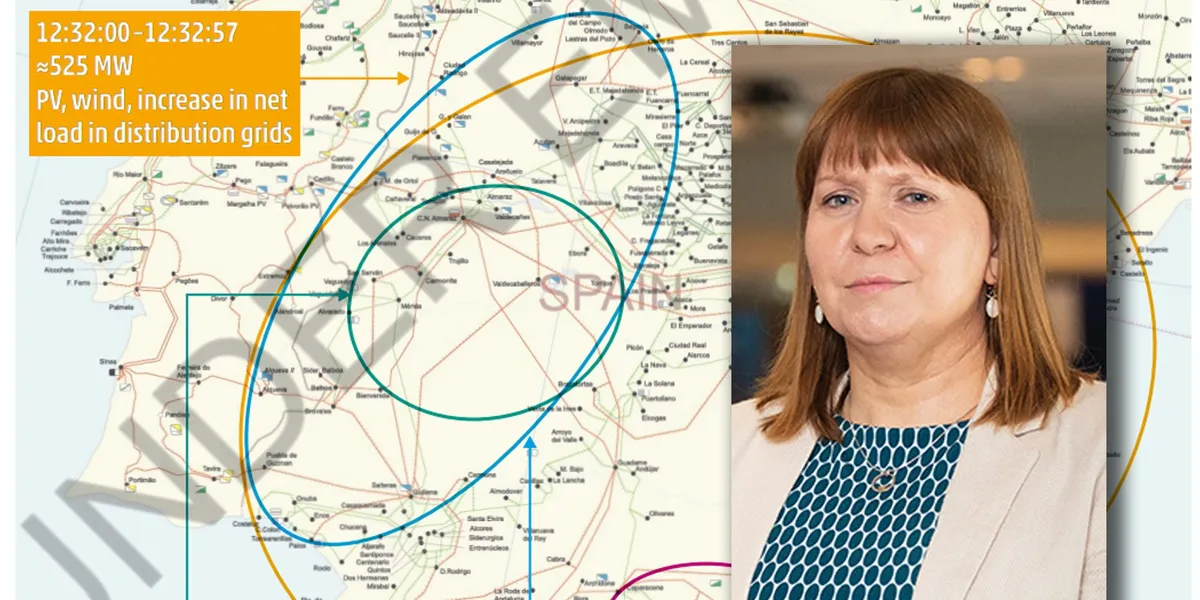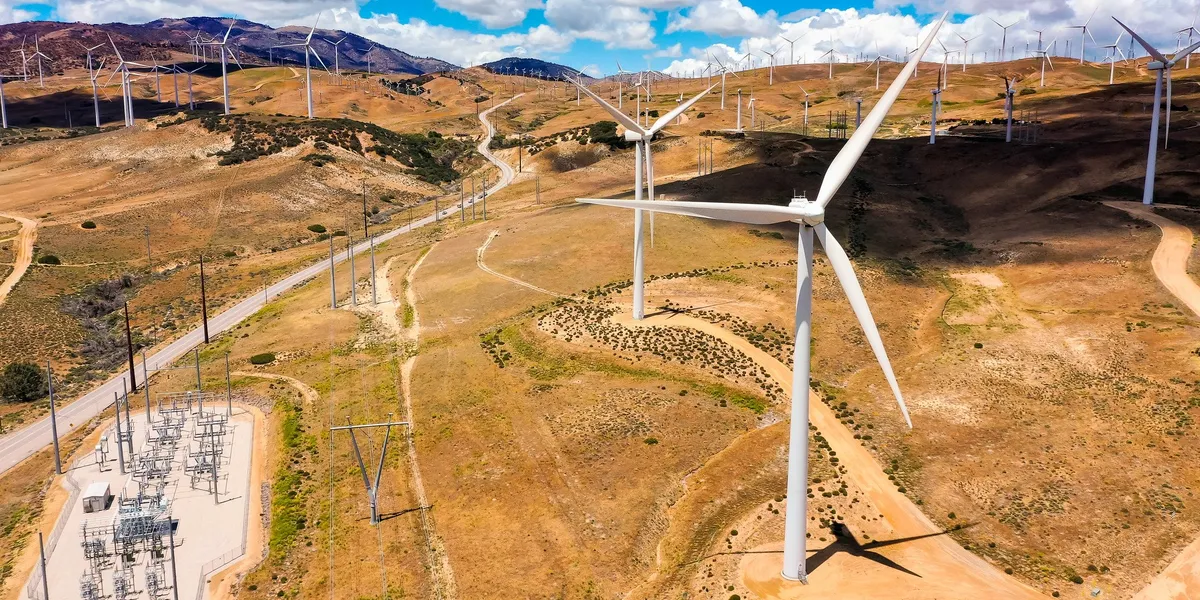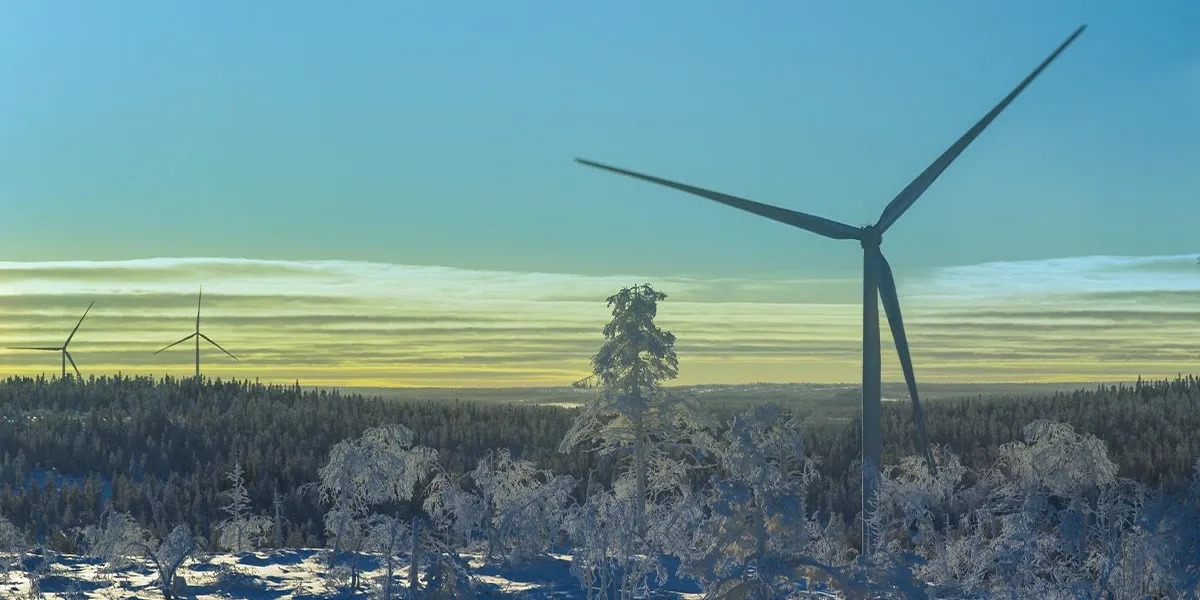A new composite material with passive cooling has been found to raise both the power and longevity of solar cells.
The material, a sodium polyacrylate-LiCl composite that was affixed to the rear surface of PVs, was developed by a team of international researchers led by the King Abdullah University of Science and Technology (KAUST) in Saudi Arabia to absorb air moisture overnight and release it through evaporative cooling during the daylight hours.
Tests conducted in both the heat of a Saudi Arabian desert and in some the coolest parts of mainland United States under rainfall conditions, demonstrated an increase in the power output of the solar cells by almost 13% and a more than 200% increase in the solar cell lifetime.
Overall, the passive cooling reduced the cost of electricity generation by the solar cells by 18%, the researchers found.
In addition the material is reported to be cheap to fabricate and with reduced cost of maintenance.
KAUST Professor Qiaoqiang Gan, who led the study, said they specialise in nanomaterials that enable passive cooling.
“These materials are thin and can be placed on different systems that require cooling to operate, like greenhouses and solar cells, without affecting performance.”
The material also is expected to have other applications, such as light emitters, which typically suffer from reduced efficiency at high temperatures, with preliminary studies on these applications having shown promising results.
The new material is considered to support the Kingdom’s Vision 2030 energy sector goals of aiming to increase the share of renewable energy in total electricity production.
In particular, solar energy is a major part of the commitment to a net carbon economy but comes with major challenges due to the high operating temperatures and intense solar irradiance, which can reduce the performance and lifespan of solar cells and result in them having to be replaced sooner than otherwise.
Cooling the solar cells, therefore, is necessary, but cooling systems like fans and pumps, besides not always being practical, themselves need electricity. Passive cooling, on the other hand, does not.
Originally published by Jonathan Spencer Jones on Power Engineering International.









